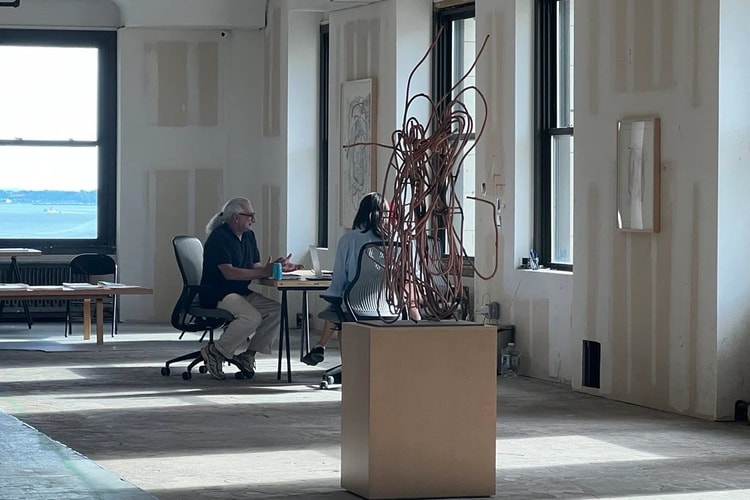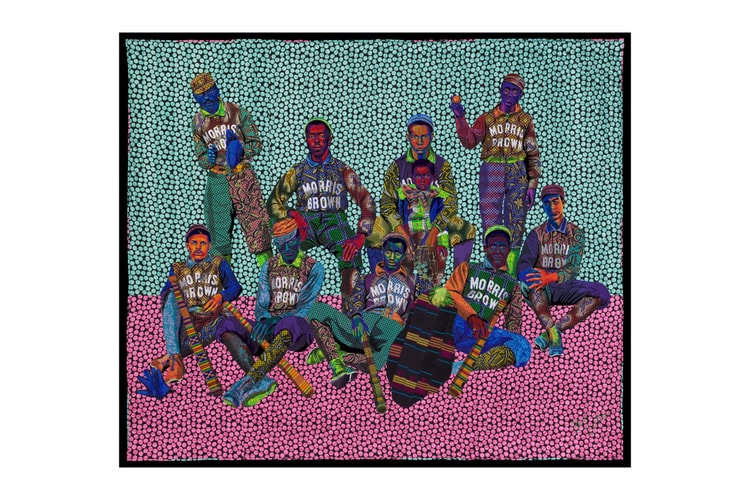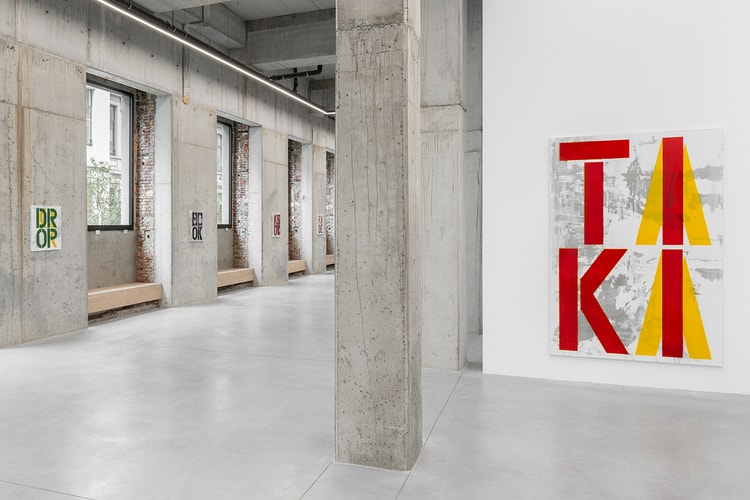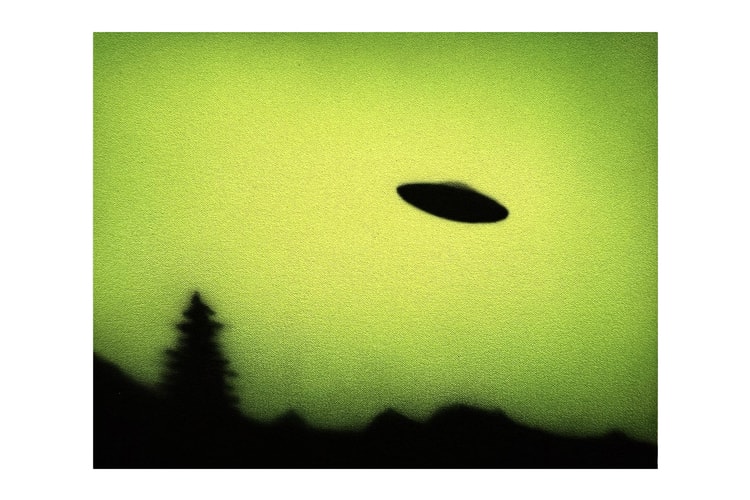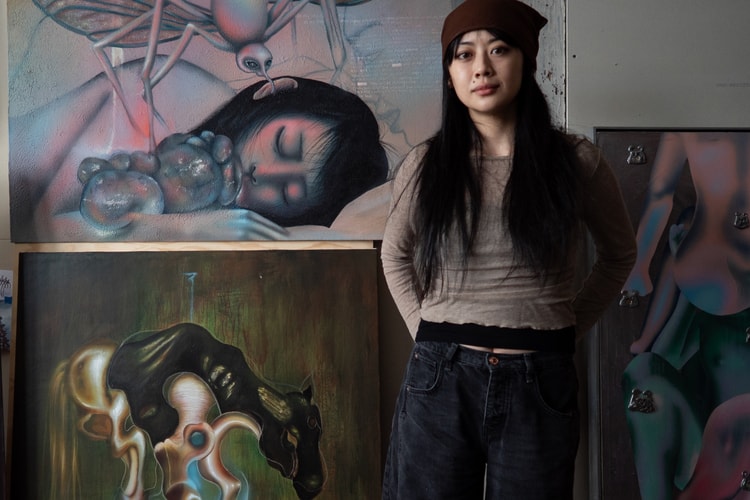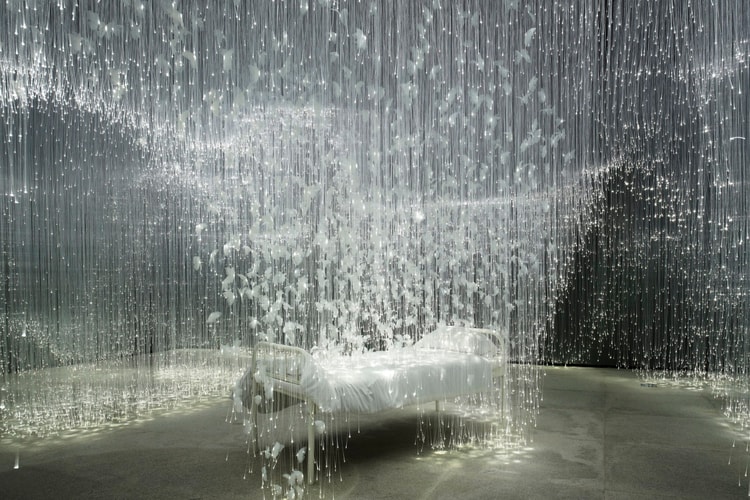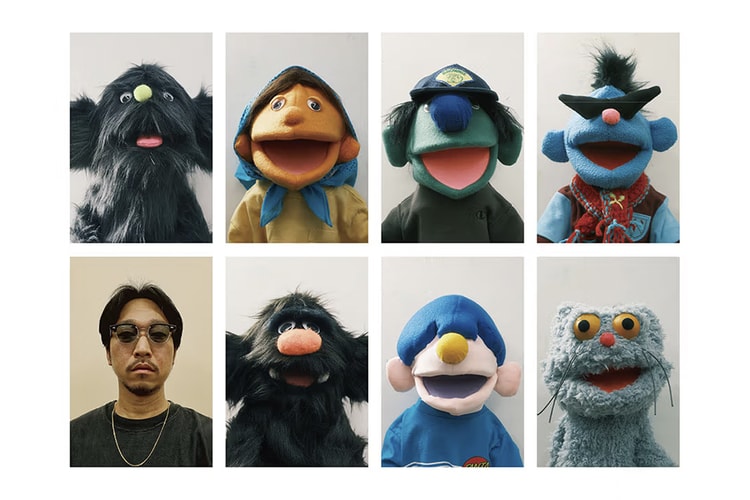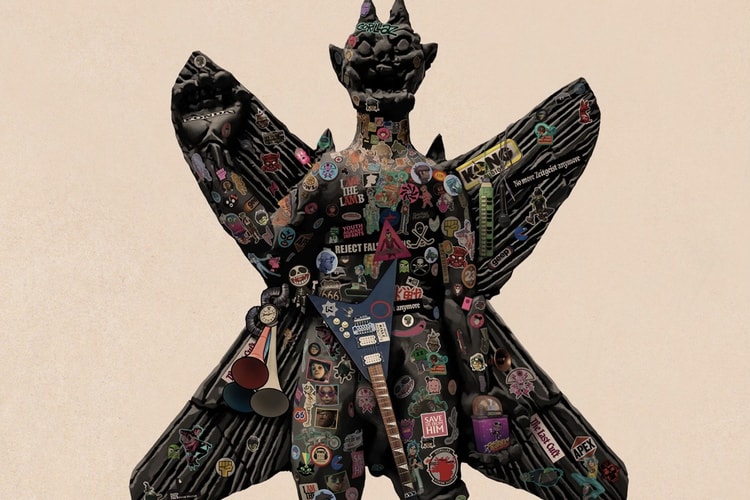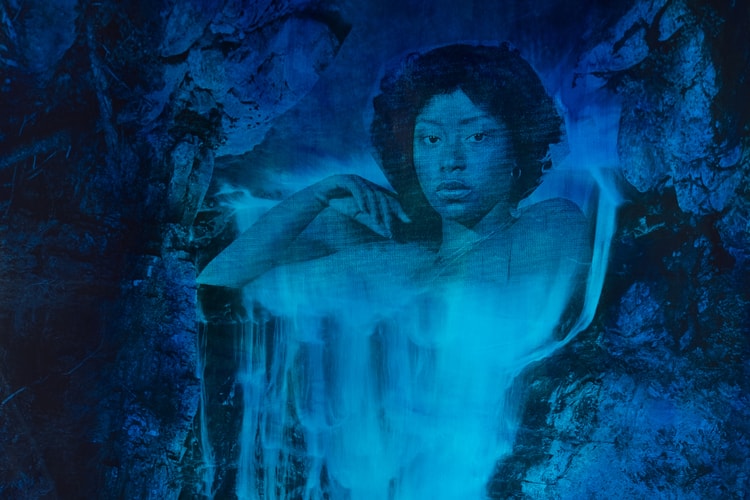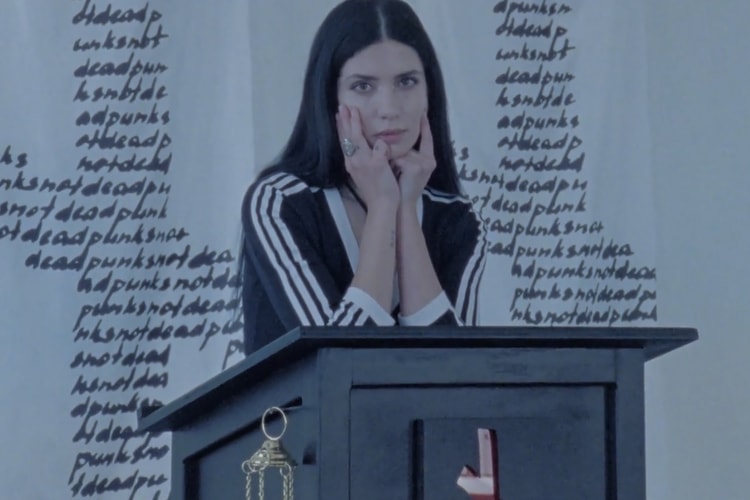Gwon Osang's 'Sculptural Report' Finds Home in Uncanny Delights
Now on view at the Arario Museum in Jeju until September.
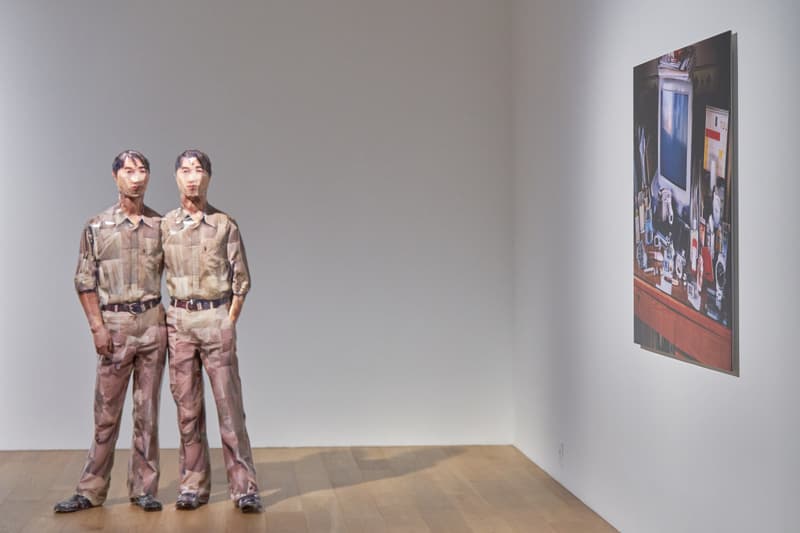
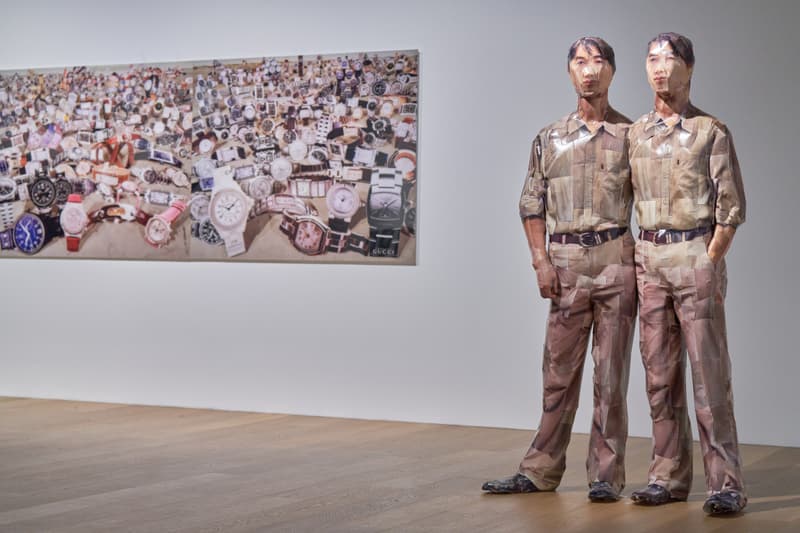
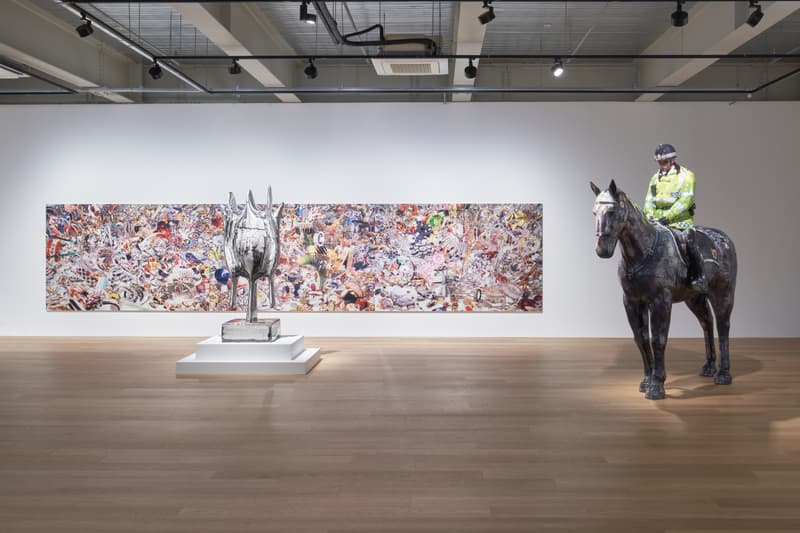
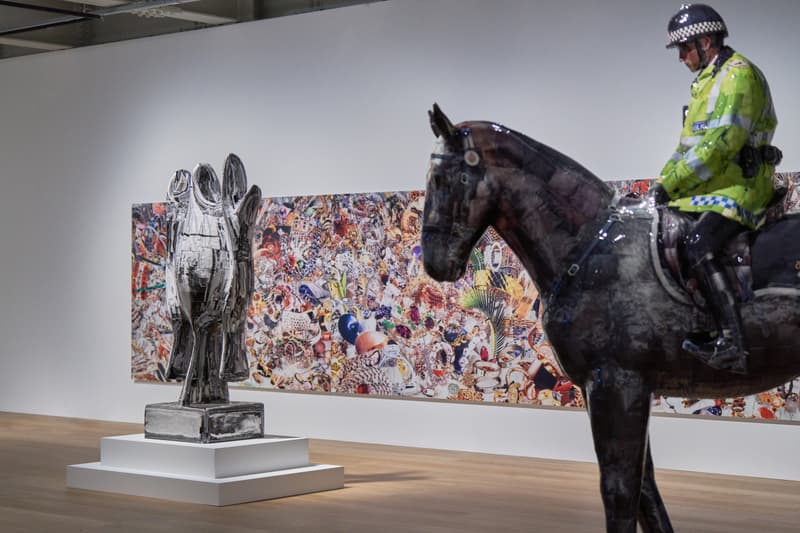
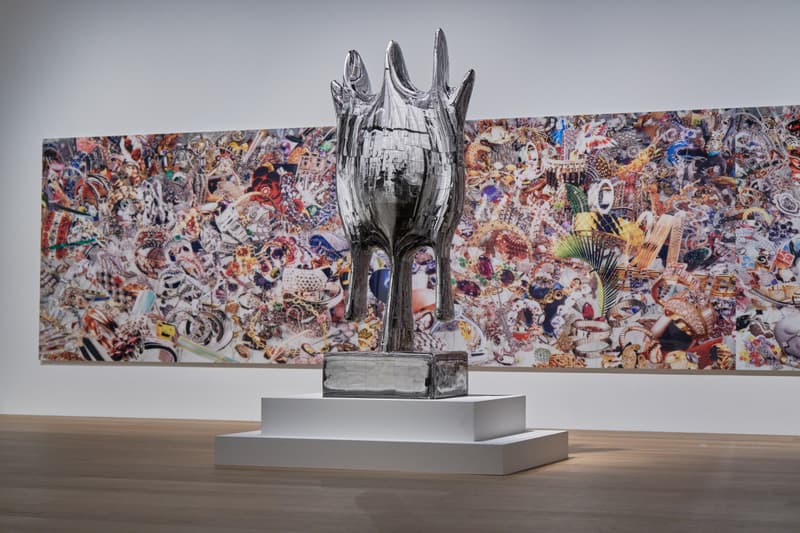
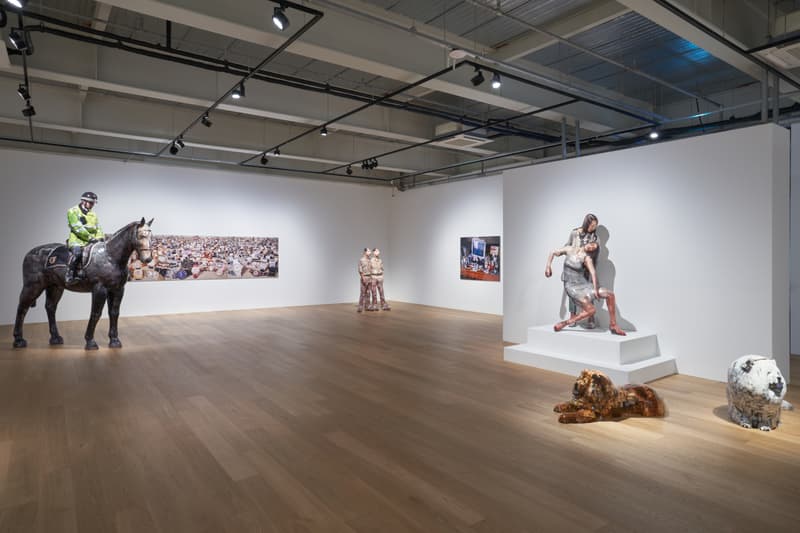
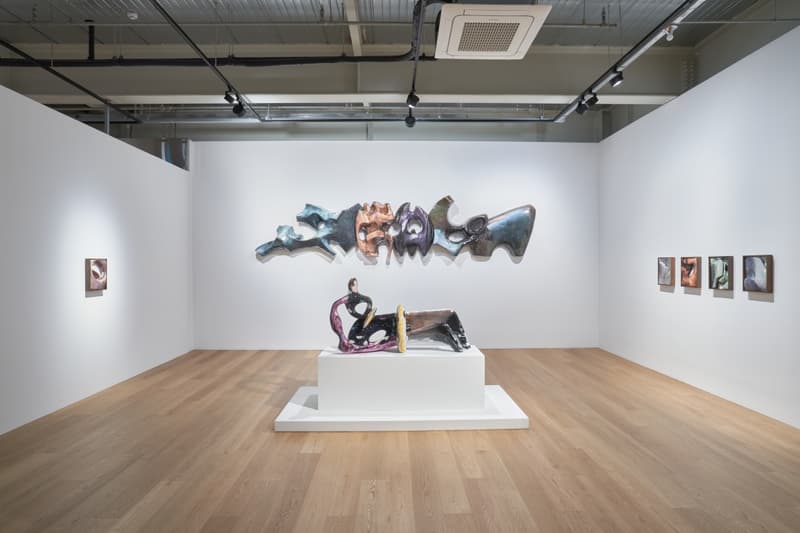
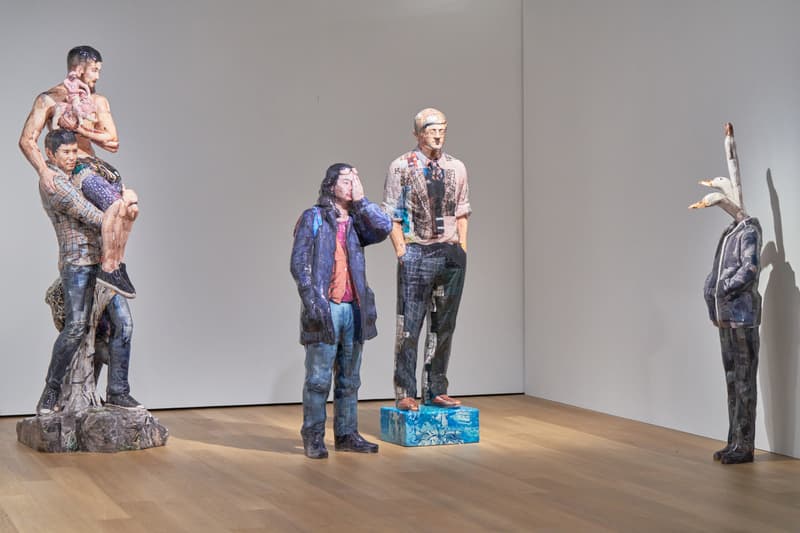
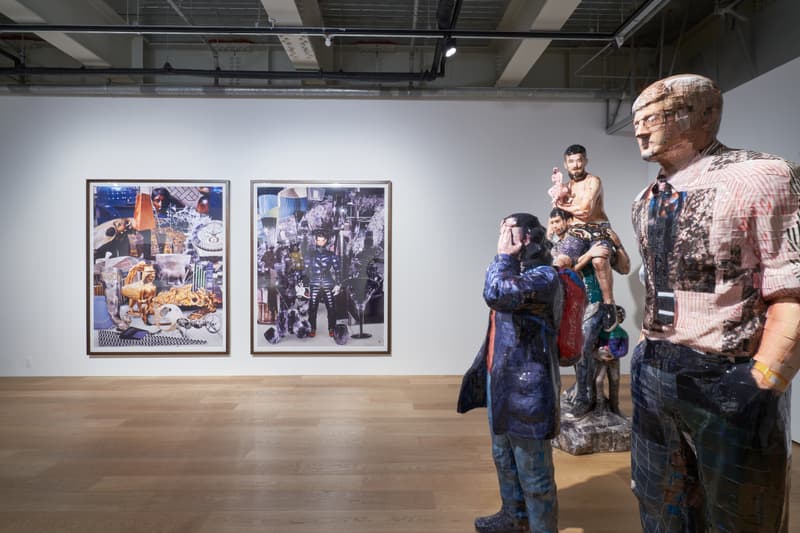
Summary
- Gwon Osang: The Sculptural Report is now on view at the Arario Museum in Jeju through September 21.
- The exhibition delves into Gwon’s practice and its evolutions, from his iconic “Deodorant Types” to his most recent imaginations of classical artworks.
The Arario Museum in Jeju, South Korea presents The Sculptural Report, a comprehensive survey of works by multi-media artist Gwon Osang. Stretching from his early photosculptures to his latest works, the show takes a deep dive into the artist’s ever-evolving approach to sculpture, tracing the artist’s restless curiosity and knack for boundary-pushing forms.
Gwon first turned heads with his 1998 series “Deodorant Types.” The series consisted of life-sculptures constructed from hundreds of images of loved ones, bringing to mind the feel of a low-poly 3D model wrapped in the intimacy of photographic detail. The works quickly garnered attention for their uncanny yet curious flair – a quality that would continue to define his practice throughout the years.
He later expanded the series to include images from editorial prints and classical references in a new series, titled “The Flat.” The works, originally built on foam, later appeared as painted bronze casts—still photographic in essence, but more enduring in material. Surrounded by an ecosystem of mass–produced imagery, this body of work interrogated consumerism by reconstructing luxury ads into more ephemeral forms, suggesting how quickly images — and meaning – can be manufactured.
In addition to standouts from “Deodorant Types” and “The Flat,” highlights from The Sculptural Report include “Hockney” (2013), which reimagines a Henry Moore classic with a Gwon Osang twist; and the nod to Korea’s sculptural legacy that is “Moon Shin Reflecting Gwon Osang’s Sculpture Studio” (2024).
Slipping between object and image, permanence and ephemera, The Sculptural Report captures an artist in flux — one who sees sculpture not as solid or static, but a continual act of becoming.
Ararui Museum Tapdong Cinema
5F Exhibition Hall,
14 Tapdong-ro, Jeju-si





